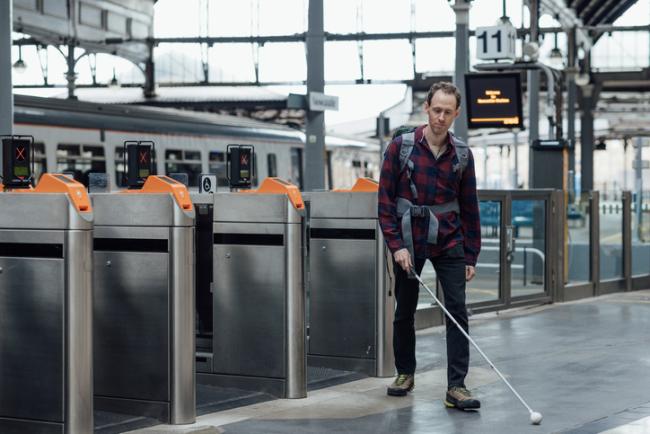Independent Living Services
Who we help
You may qualify for the Independent Living Program if you are:
- At least 24 years old
- Experiencing visual disability
- Having trouble living independently
- Not employed or looking for work
- Not in school or planning to go to school
You do not need a Social Security number or U.S. citizenship to participate in this program.
If you are younger than 24 years old or you want to get or keep a job, our career support services may be better for you.
How we help
The Independent Living Program is free for anyone who qualifies. We match you with a local provider that can help you meet your goals of becoming independent.
Your provider will schedule two to three training sessions, usually at your home. These sessions usually last one to two hours each. They can teach you:
- Skills for adapting to visual disability
- How to use aids and devices to do regular tasks
- How to emotionally adjust to vision changes
Goals of the program
The Independent Living Program can give you the confidence and skills to participate in day-to-day activities, such as:
- Calling a friend on the phone
- Reading a book
- Heating up leftovers in the microwave
- Getting to a doctor’s appointment on time
- Writing checks to pay bills
- Looking at pictures of loved ones
- Taking a walk
Get started
If you want to learn how to live independently with visual disability, contact us using one of the methods below:
- Request services online
- Call us 800-552-7103
- Email us at info@dsb.wa.gov
Independent Living Program brochure
Read our brochure for more information about the Independent Living Program. The brochure is available in the following languages:
- English
- Arabic (لعربية)
- Simplified Chinese (简体中文)
- Korean (한국어)
- Russian (русский язык)
- Tagalog
- Ukrainian (українська мова)
- Vietnamese (Tiếng Việt)
Federal funding for this program
The Independent Living program receives 90% of its funding through a grant from the U.S. Department of Education. For the Federal Fiscal Year 2023, the program received $681,945 in federal grant funds. State and other non-Federal sources paid the other 10% percent of the costs ($75,772).
In this section
Take the next step
Learn more about how DSB can help. Call our 800 number or use the online form to request information for yourself, a friend or loved one, or a patient, client or staff member. A DSB representative will call to discuss options.


